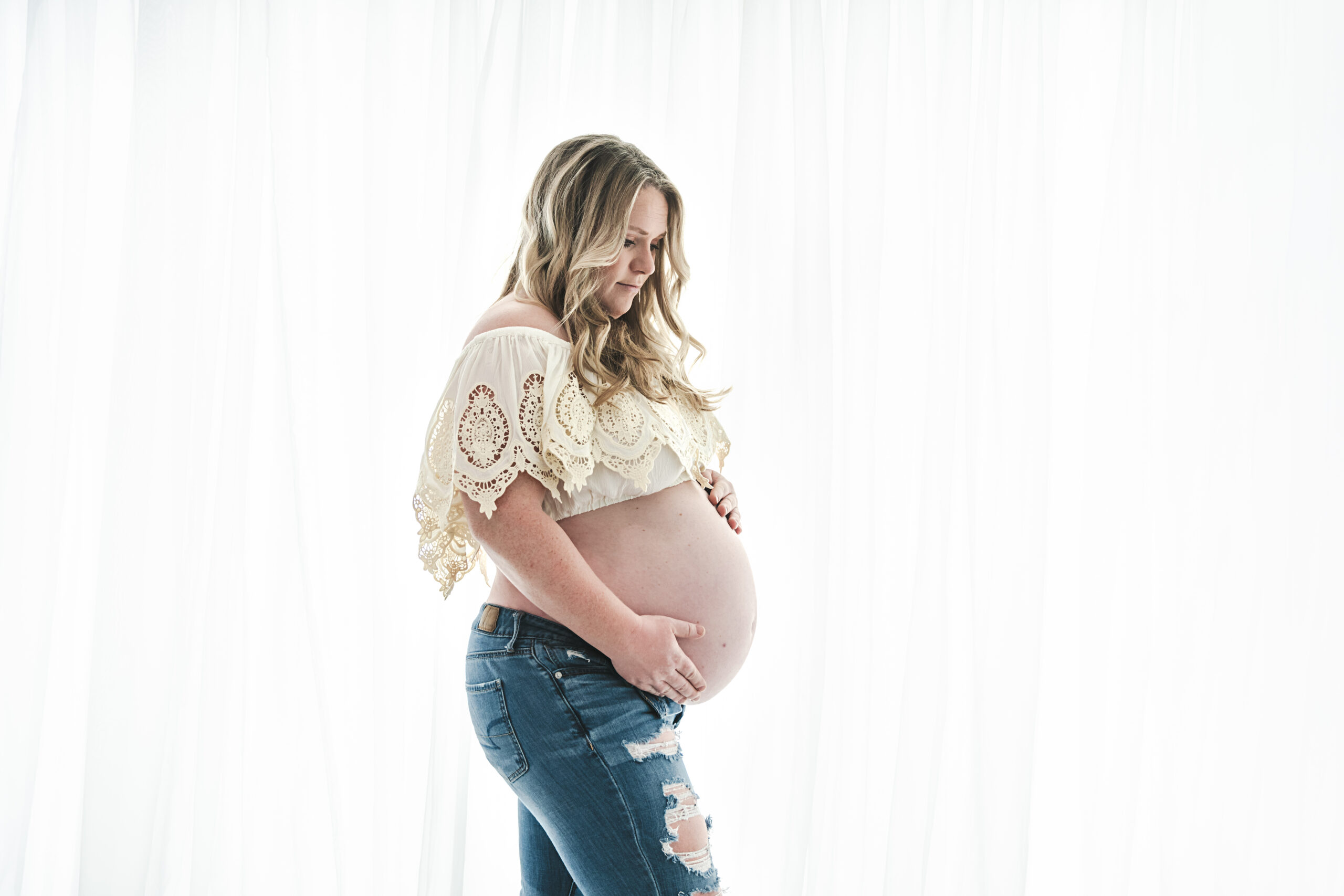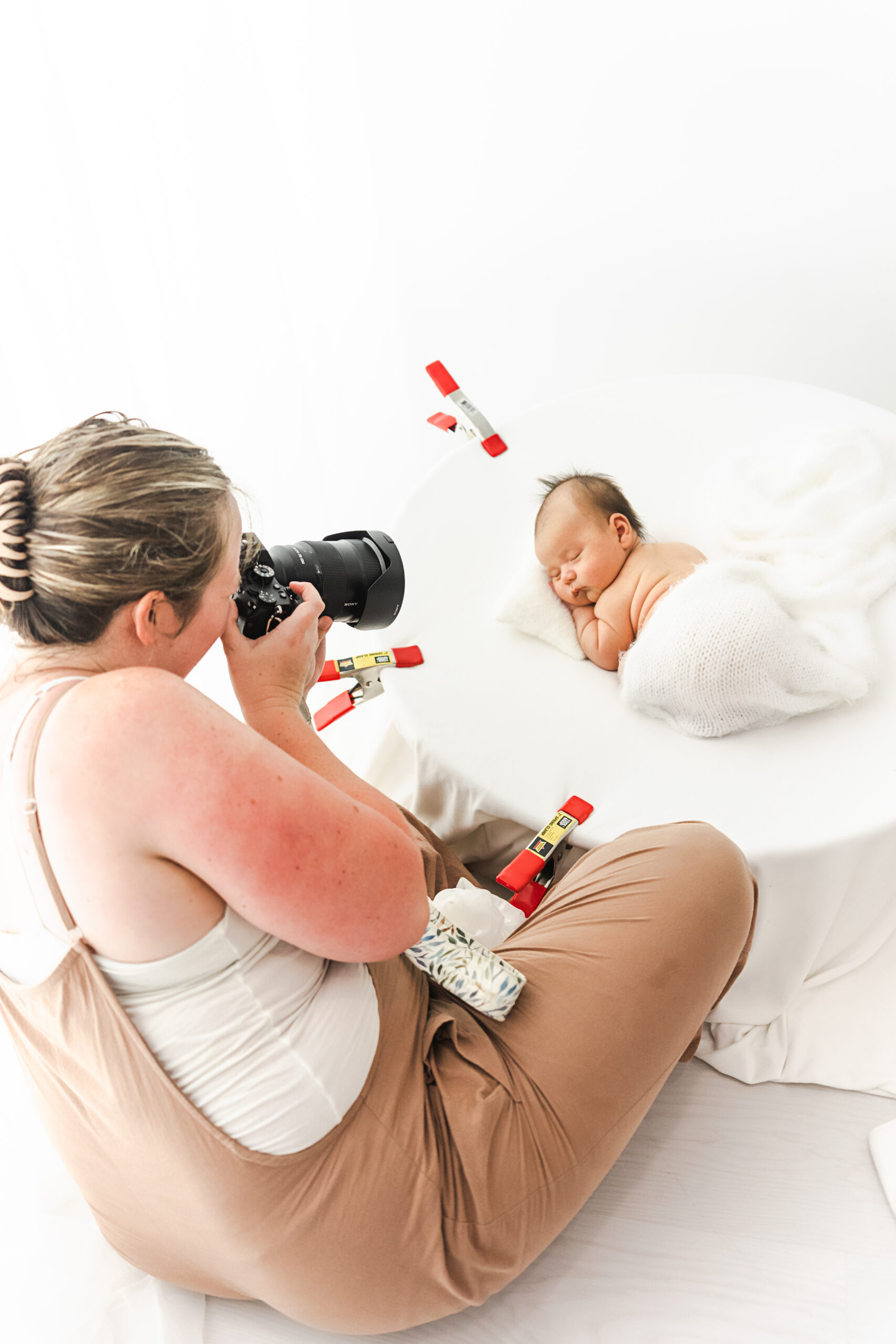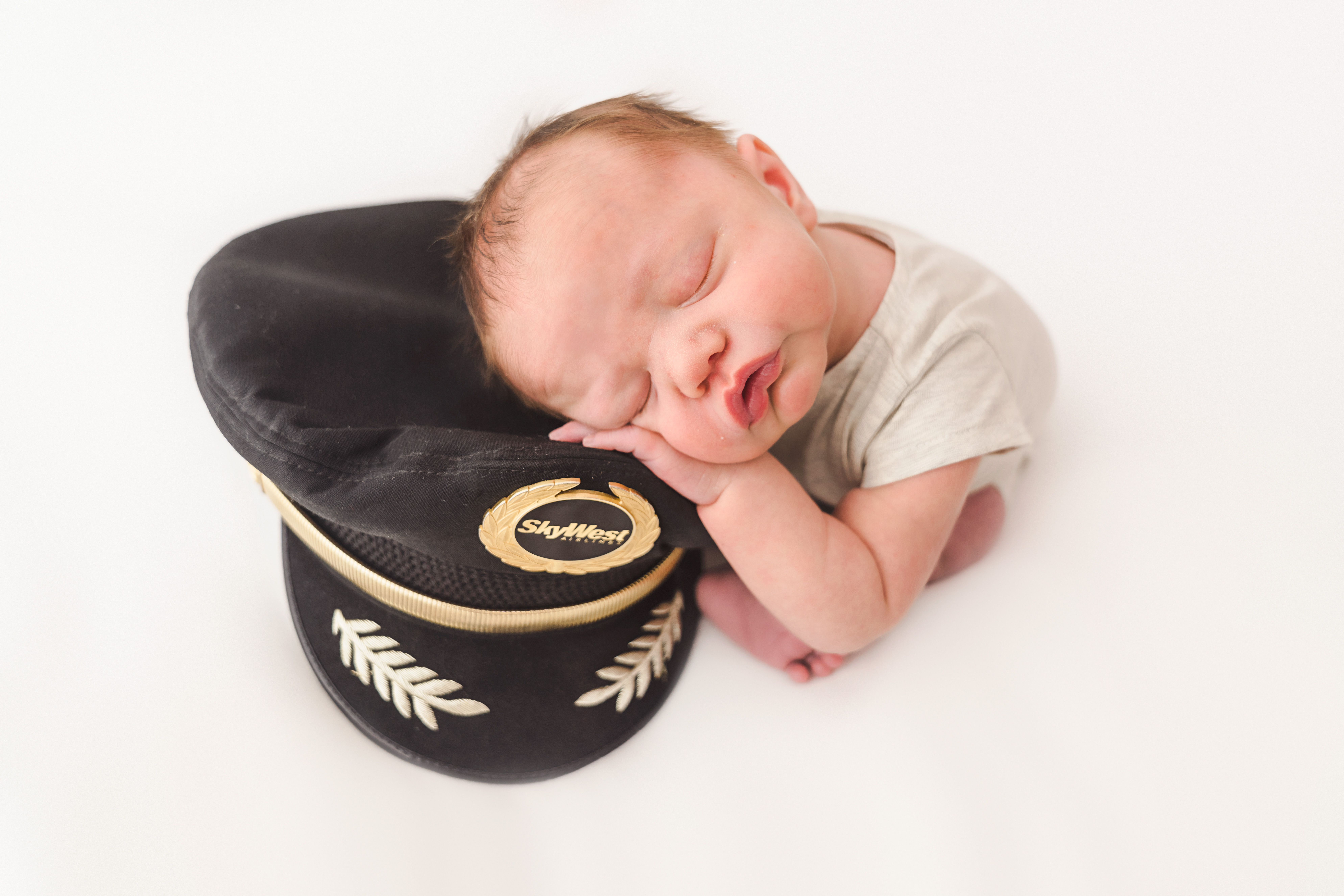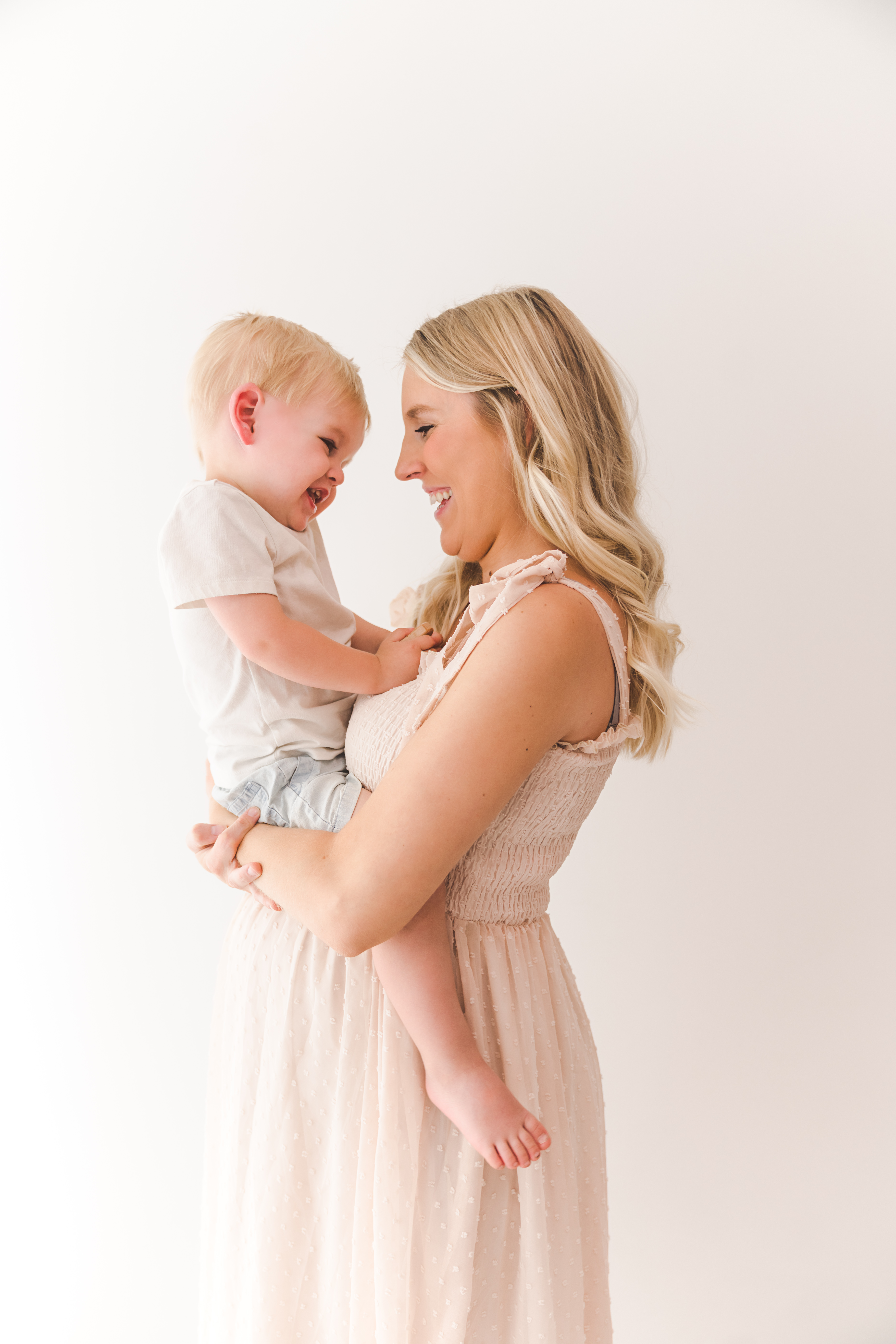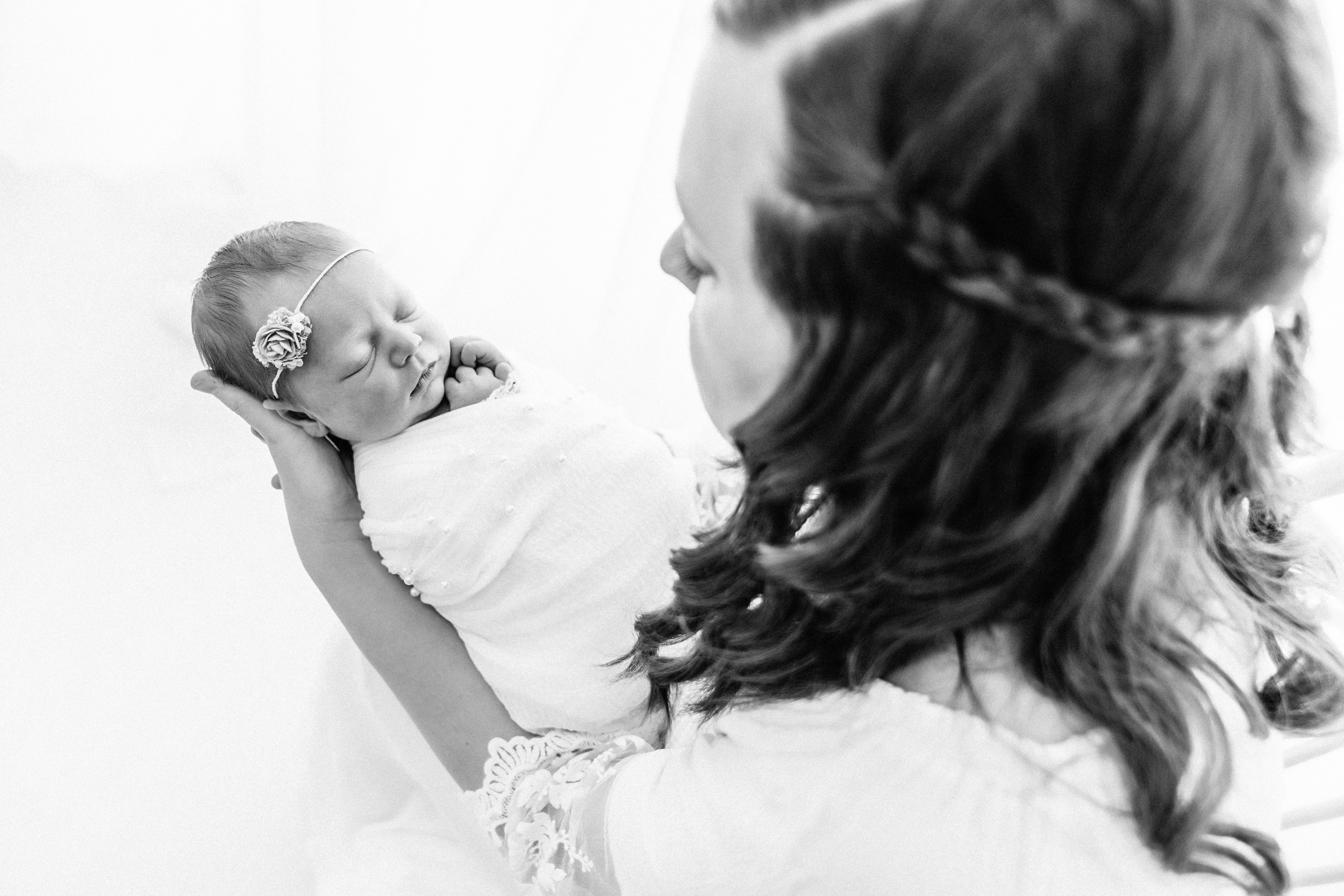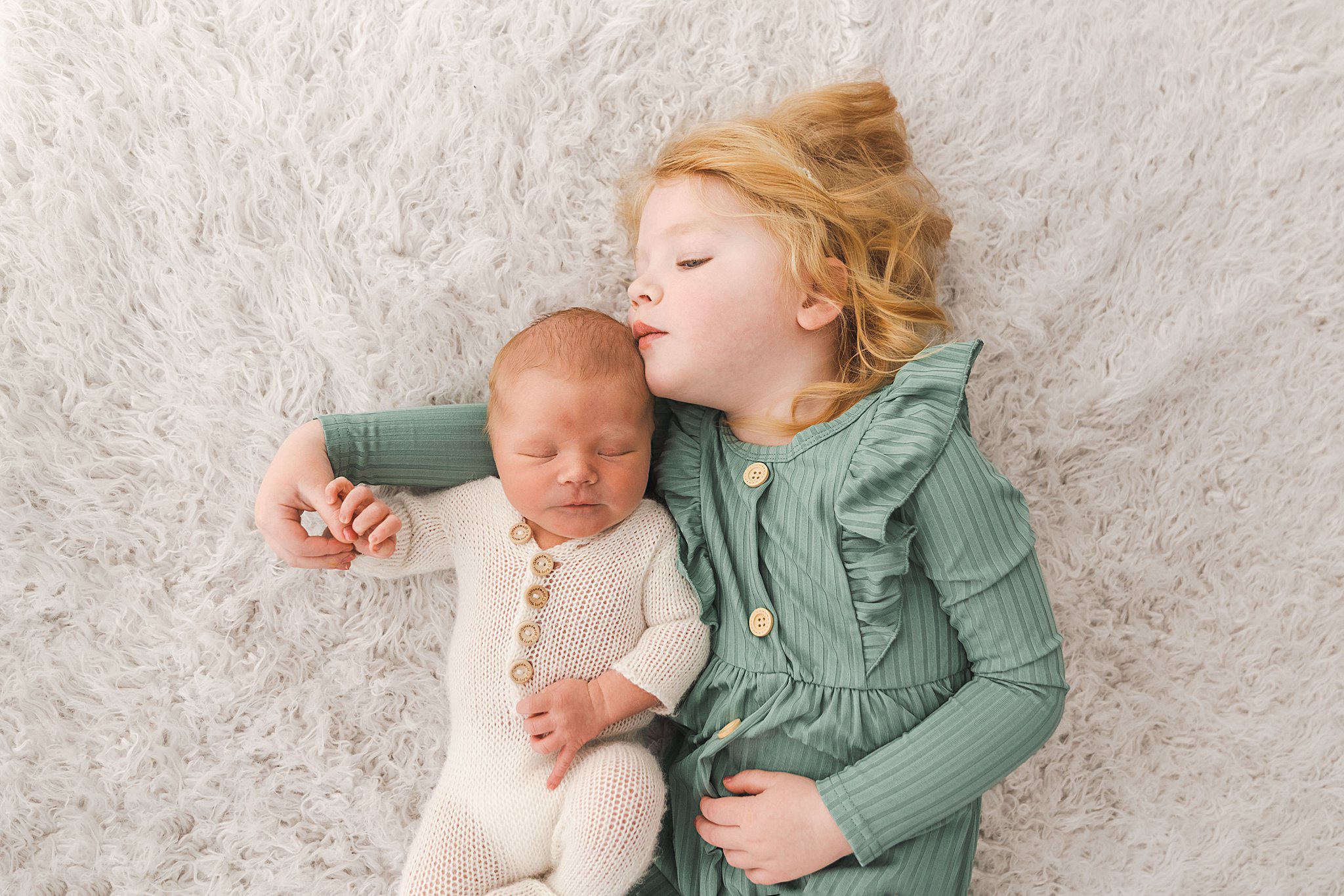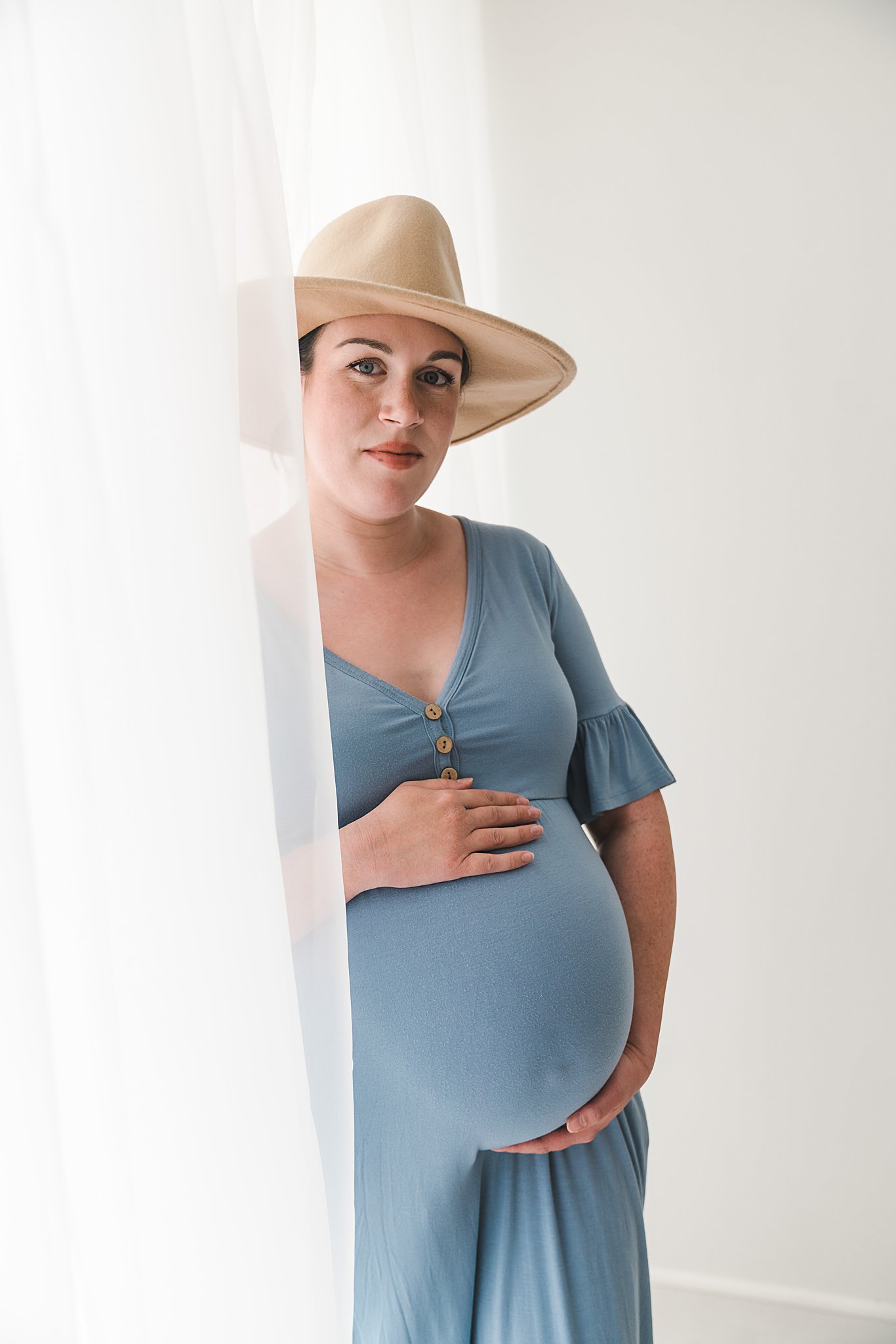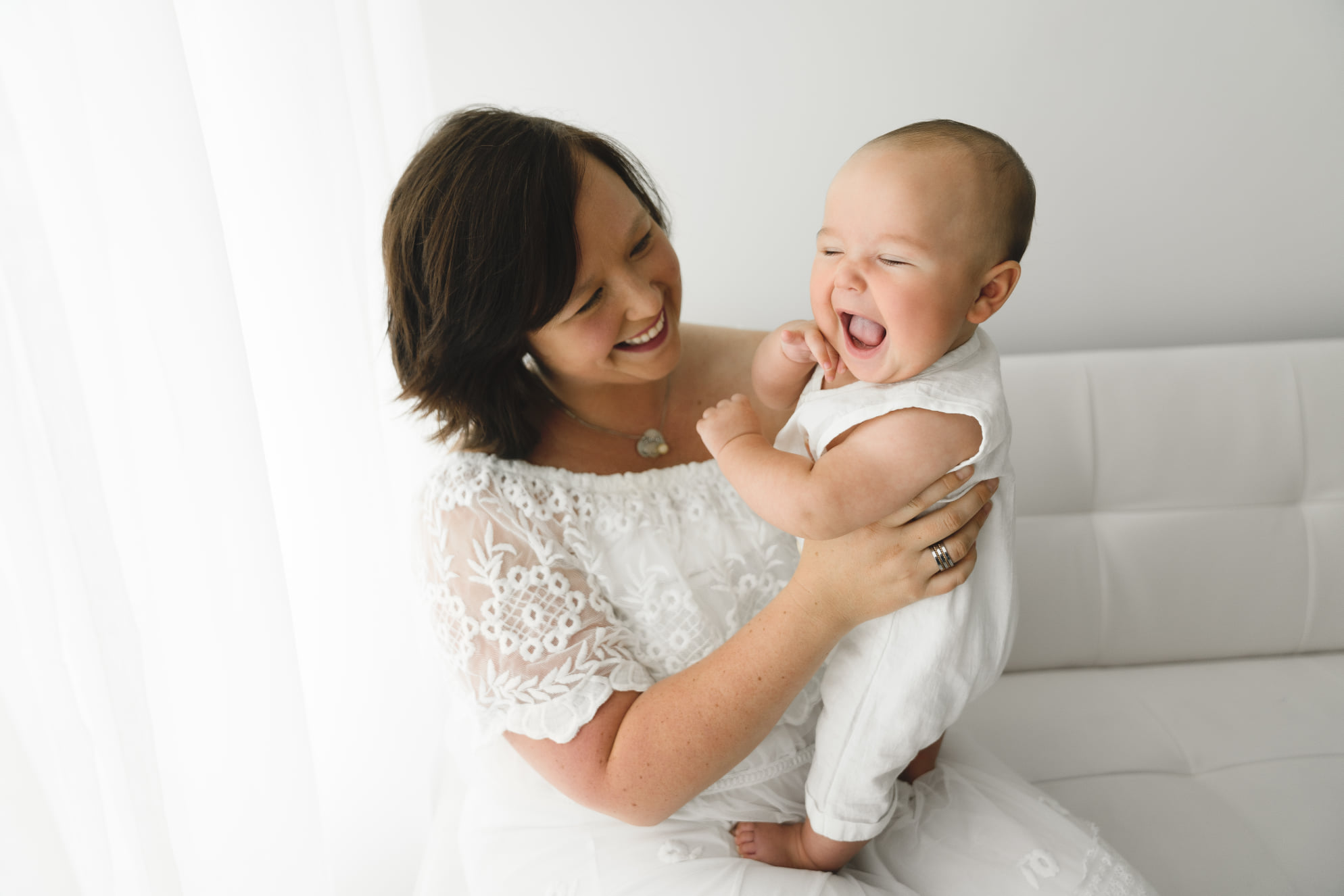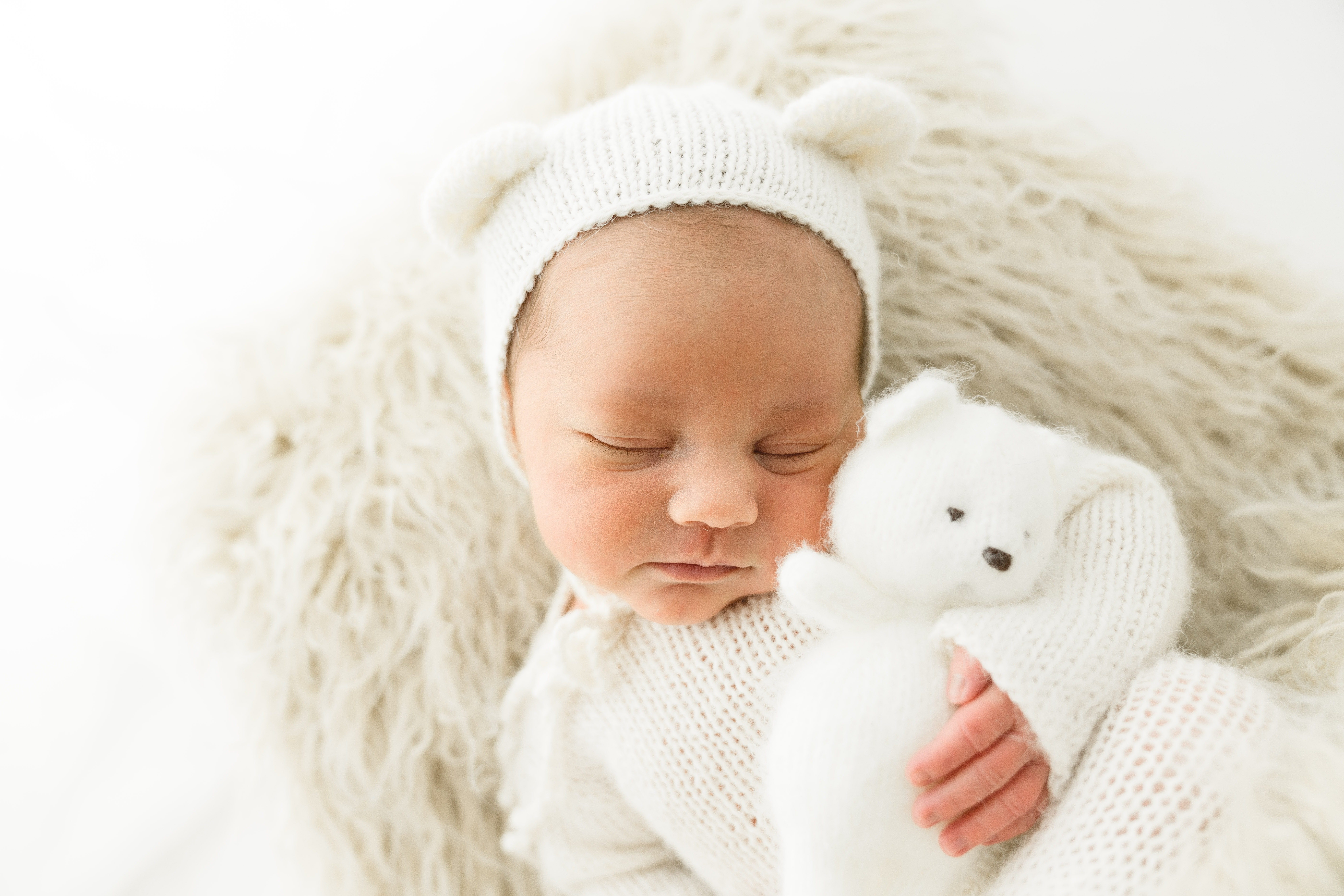Counting sheep: Simple techniques to soothe your fussy baby to sleep
Sleepless nights are something every parent can relate to. For some, soothing a fussy baby to sleep can be a daunting task. But it doesn’t have to be this way. There are many simple techniques you can use to get your baby to sleep quickly and peacefully. From counting sheep to setting up a sleep routine, these easy tips are sure to help your little one drift off to dreamland in no time. Keep reading to learn more about counting sheep and other simple methods to make your baby sleep like a baby.

Why Sleep is Crucial for Babies
Sleep is crucial for babies for many reasons. First and foremost, it is essential for their growth and development. During sleep, their bodies have the opportunity to repair and rejuvenate, ensuring that they thrive and reach their full potential. Additionally, sleep plays a vital role in their cognitive development. It is during sleep that their brains process and consolidate the information they have learned throughout the day, leading to improved memory and learning abilities. Furthermore, a lack of sleep can have negative effects on a baby’s mood and behavior, leading to increased irritability and difficulty in regulating emotions. In fact, studies have shown that babies who consistently get enough sleep are generally happier and more content. So, make sure to prioritize your baby’s sleep and create a peaceful environment that promotes restful slumber. With the right techniques and practices, your little one will be sleeping like a baby in no time.
Understanding Your Baby’s Sleep Patterns
Understanding your baby’s sleep patterns is key to helping them get the rest they need. Every baby is unique, and their sleep patterns can vary. Some babies are naturally better sleepers, while others may struggle more with sleep. It’s important to observe your baby’s sleep patterns and try to establish a routine that works for them. Pay attention to their cues and signals, such as rubbing their eyes or yawning, as these may indicate that they are tired. Keep in mind that babies’ sleep cycles are shorter than adults’, and they may wake up more frequently throughout the night. By understanding your baby’s sleep patterns and adapting your routines accordingly, you can help them establish healthy sleep habits and get the rest they need to thrive. So, keep an eye on your little one’s sleep patterns and consult with professionals like Anoka newborn photographer for additional guidance if needed.

Create a Soothing Sleep Environment
Creating a soothing sleep environment is essential for helping your baby relax and drift off to dreamland. Start by making sure their sleep space is quiet and free from distractions. Consider using blackout curtains to block out any light that may disrupt their sleep. It’s also important to keep the room at a comfortable temperature, not too hot or too cold. Soft, cozy bedding and a comfortable mattress can also contribute to a peaceful sleep environment. Additionally, you can incorporate soothing elements like a white noise machine or a night light with a soft glow. These simple changes can make a big difference in creating a calming atmosphere for your baby’s sleep. And if you need additional guidance or advice, don’t hesitate to reach out to professionals like Anoka newborn photographer, who can offer expert insights on creating the perfect sleep environment for your little one.
The Magic of Swaddling
Swaddling is a time-tested technique that can work wonders when it comes to soothing a fussy baby to sleep. This practice involves securely wrapping your baby in a soft, lightweight blanket, mimicking the cozy and comforting feeling they experienced in the womb. Swaddling helps to restrict their movements, which can prevent them from startling themselves awake. It also creates a sense of security and warmth, which can help your baby feel more relaxed and calm. Many parents swear by swaddling as a surefire way to promote longer, more restful sleep for their little ones. If you’re unsure about how to properly swaddle your baby, don’t worry! There are plenty of resources available, including Anoka newborn photographers, who can provide demonstrations and guidance to help you master this magical technique.
Use Soothing Sounds and Scents
Creating a soothing atmosphere for your baby’s sleep can be enhanced by incorporating soothing sounds and scents. Soft, calming music or white noise machines can provide a gentle background noise that helps drown out any distracting sounds and creates a relaxing environment. You can try playing soothing lullabies or nature sounds like rainfall or ocean waves. Additionally, certain scents, such as lavender, chamomile, or vanilla, are known for their calming effects and can be used in the form of essential oils or room sprays. A few drops of lavender oil on a cotton ball near your baby’s crib can create a subtle and calming scent. Just be sure to keep these scents at a safe distance from your baby and use them sparingly. By incorporating soothing sounds and scents, you can create a serene environment that promotes deep and peaceful sleep for your little one.
Avoid Overstimulation Before Bedtime
Creating a calm and soothing environment before bedtime is crucial for helping your baby transition into a peaceful sleep. Avoid overstimulation by minimizing noise, bright lights, and stimulating activities. Instead, opt for quiet activities such as reading a bedtime story or singing a lullaby. Dim the lights in the room and establish a consistent bedtime routine that signals to your baby that it’s time to wind down. This routine could include a warm bath, gentle massage, and some quiet playtime. By avoiding overstimulation before bedtime, you’re setting the stage for a restful and uninterrupted night’s sleep for your little one. So, turn down the volume, dim the lights, and create a peaceful atmosphere to help your baby relax and drift off to dreamland.
Coping with Sleep Regression
Sleep regression is a common and frustrating phase that many babies go through. It typically occurs around 4 months and can continue until they are around 6 months old. During this time, your baby may start waking up more frequently during the night, have difficulty falling asleep, or experience shorter naps. Coping with sleep regression can be challenging, but there are strategies you can use to navigate this phase. First and foremost, try to establish a consistent sleep routine and stick to it as much as possible. This can help signal to your baby that it’s time to sleep. Additionally, be patient and understanding with your baby as they adjust to new sleep patterns. Comfort them when they wake up during the night and offer reassurance. Remember, this phase is temporary and with time, your baby will eventually return to more restful sleep.





